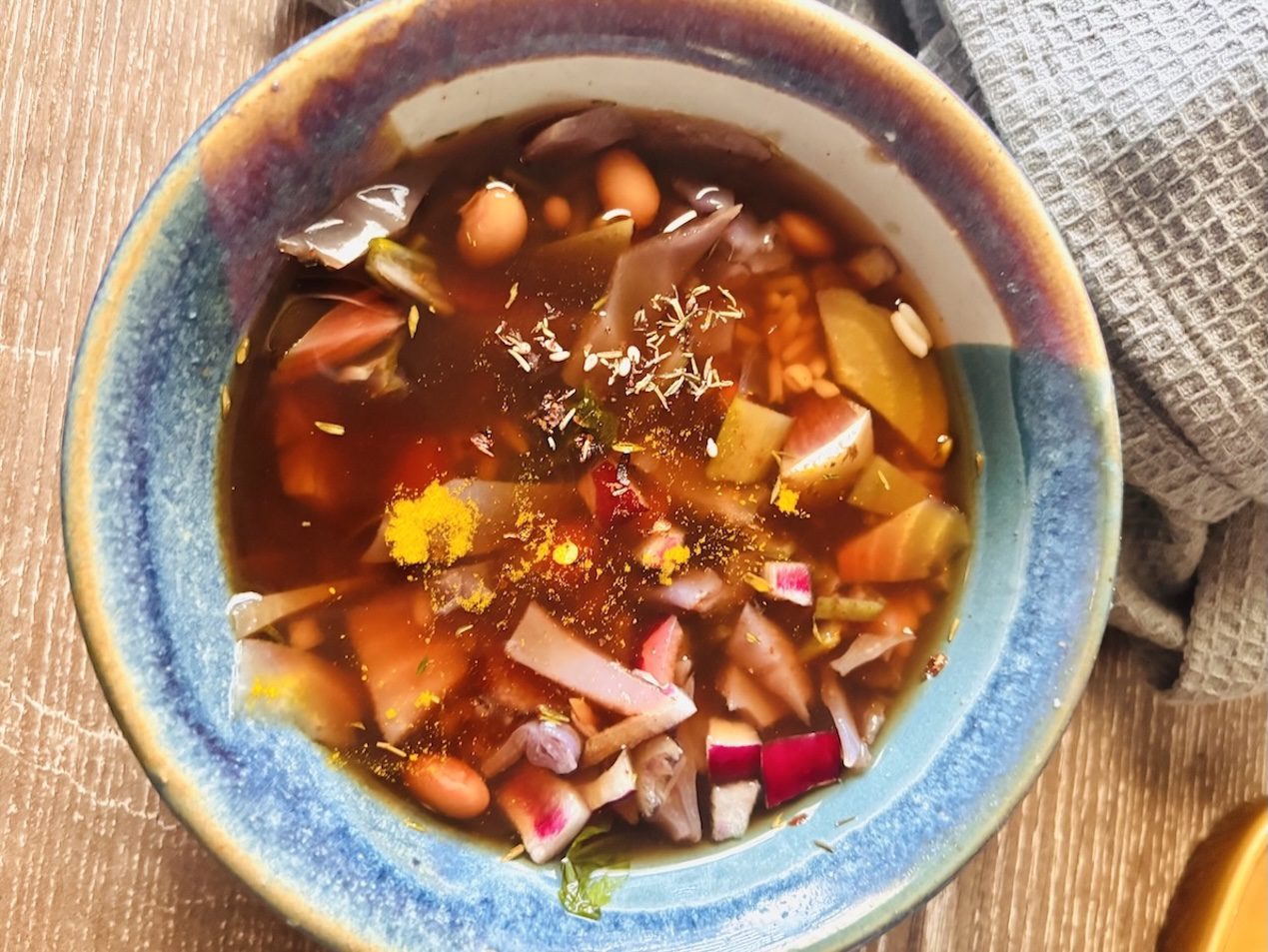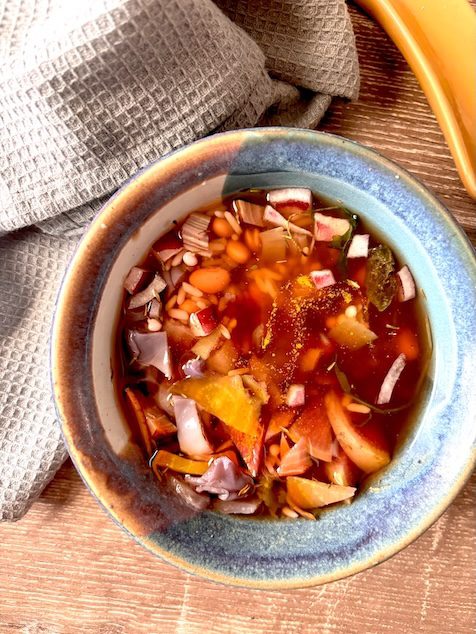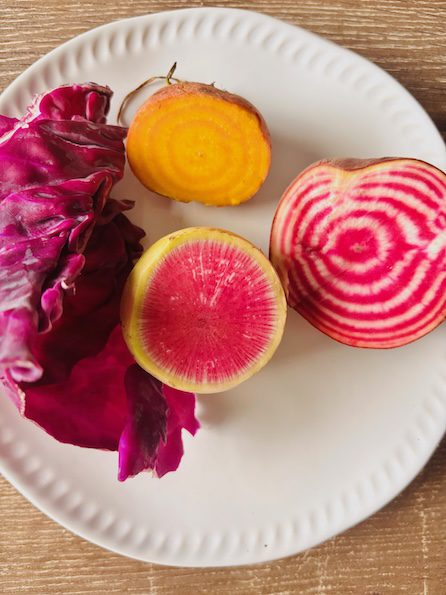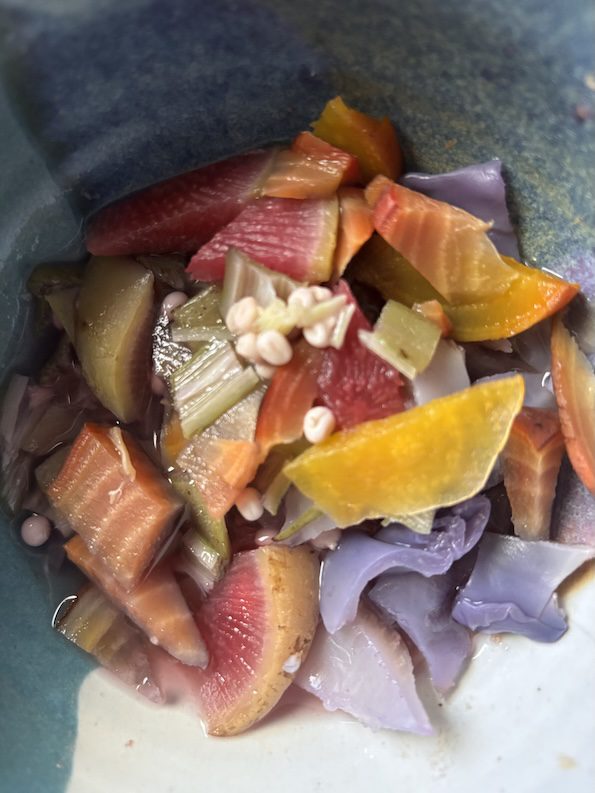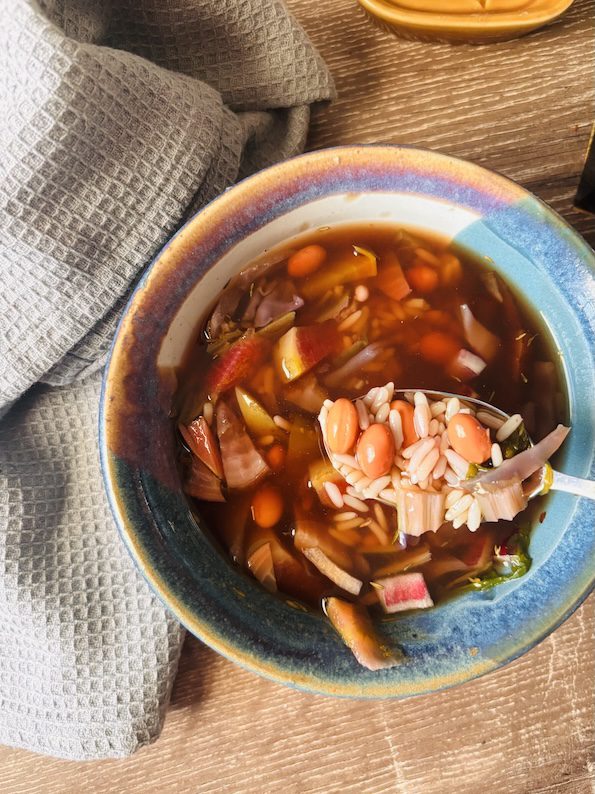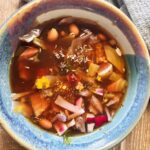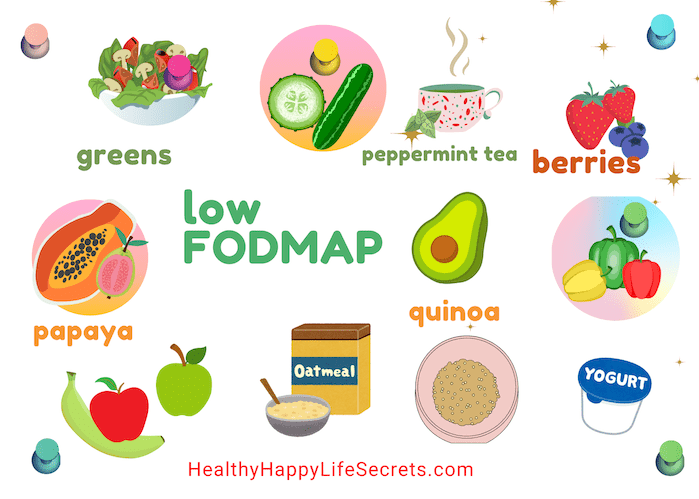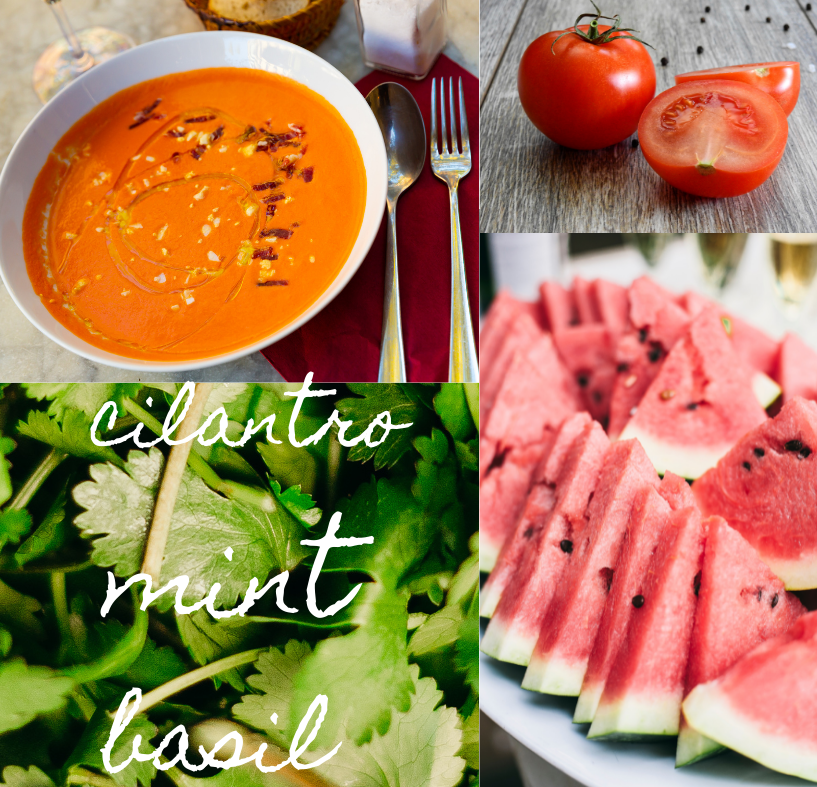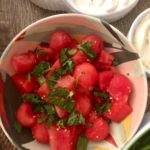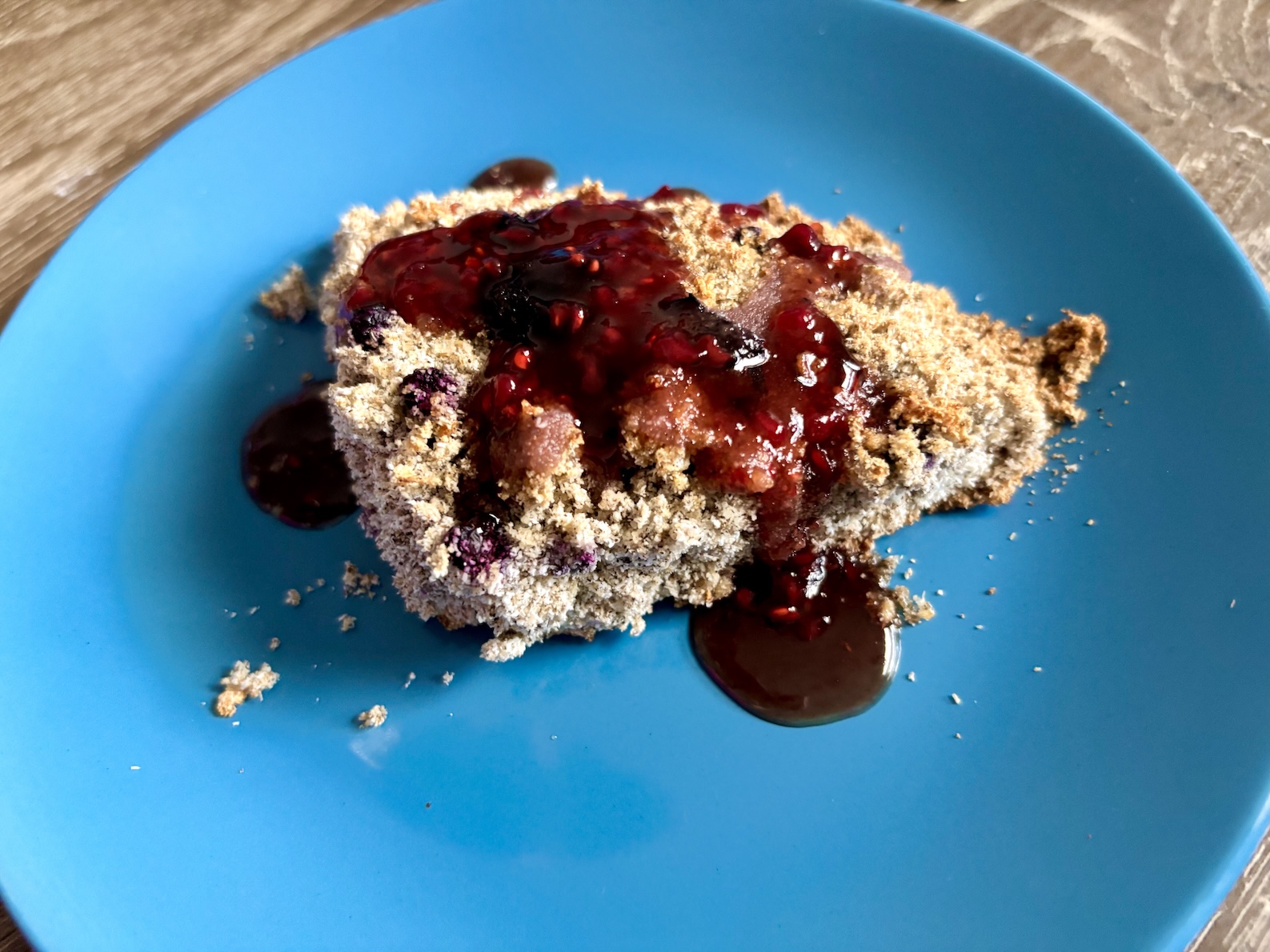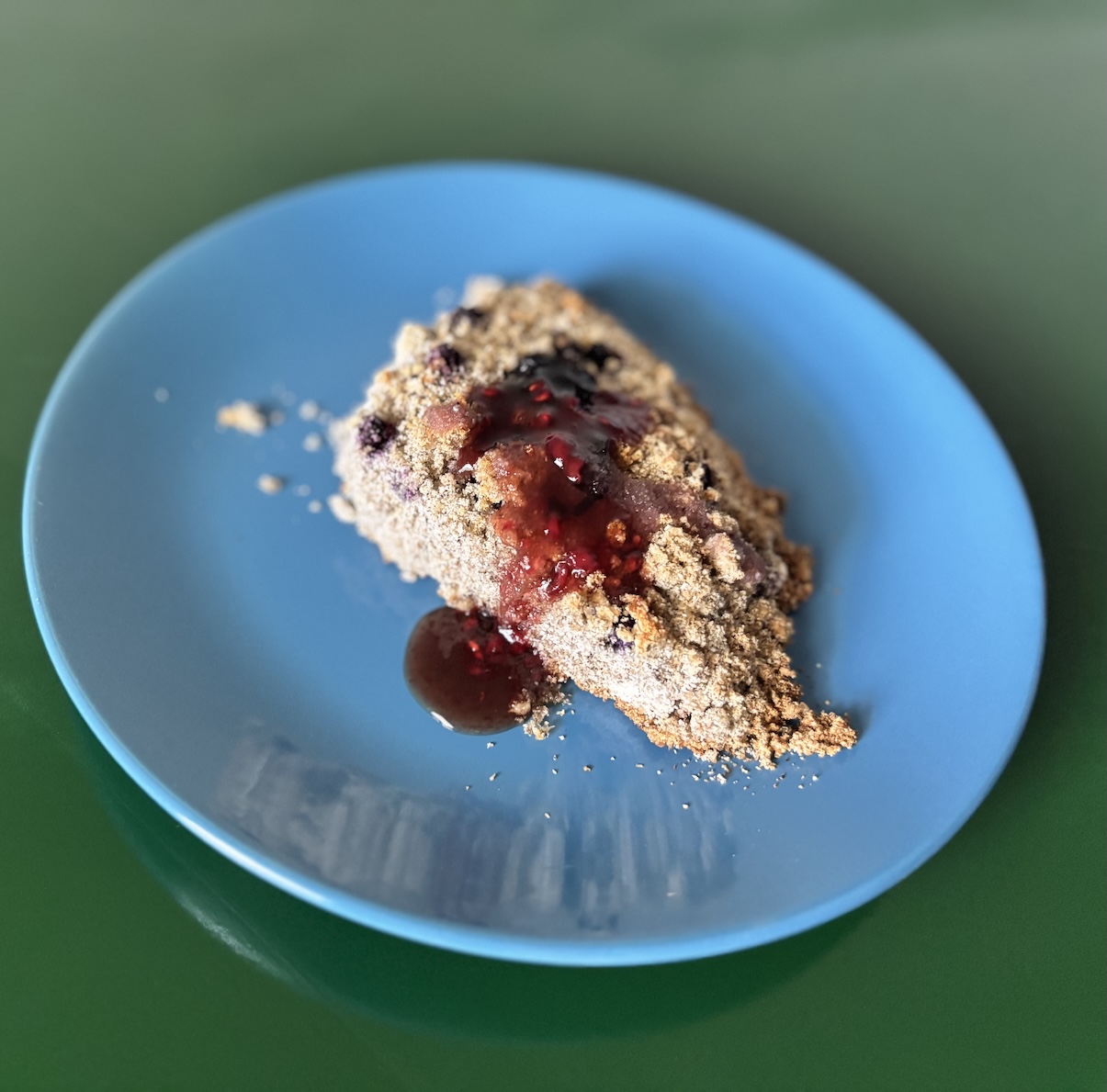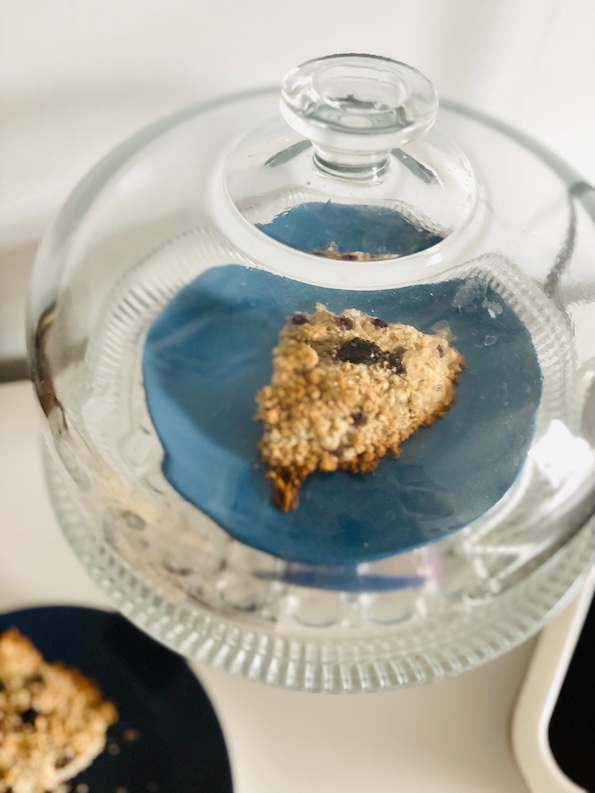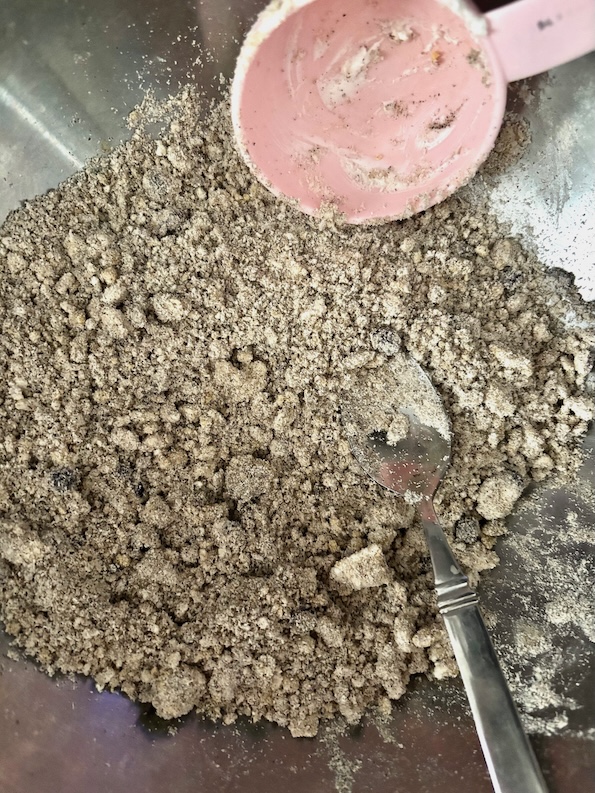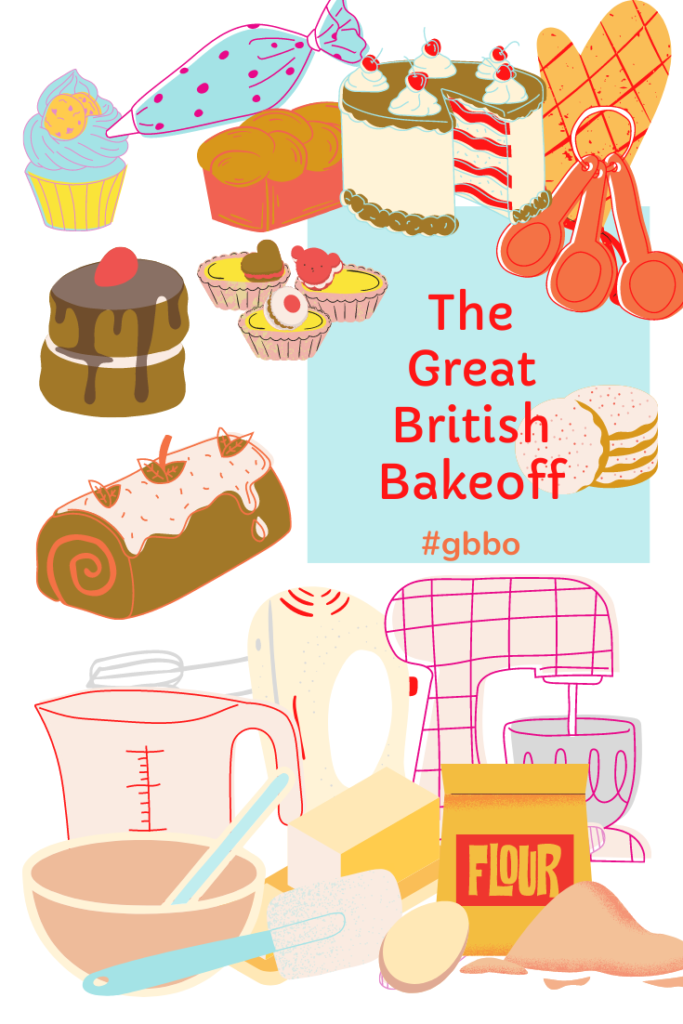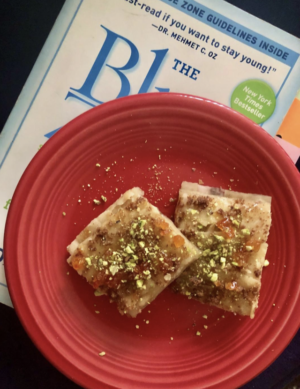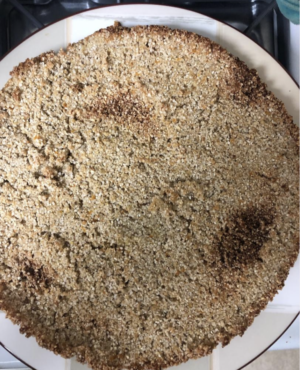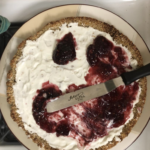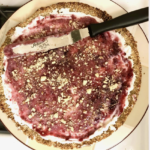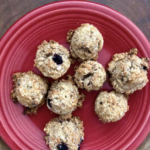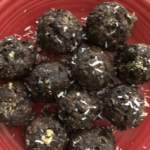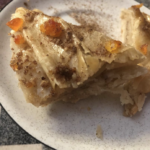Vegetable soup is one of the healthiest and tastiest soups when done right. And low-sodium homemade healthy.
…That’s easier than doing it not-right, because you can’t really mess up this easy-to-make simple soup.
Especially when you use fresh veggies that stand on their own. You can find unusual varieties from your local farmers markets and grocery stores.
Variety is the spice of life and this bowl of spice has plenty. Recipe below.
This Ayurvedic balancing soul food soup recipe is all veggies and great for Vata (fall) season. 🥣
It has no tomatoes (that’s a fruit and maybe doesn’t belong that way?).
The healthy goodness ingredients are good for any diet you’re on (plant-based, anti-inflammatory, Mediterranean, all-of-the-above)… and even a balancing Ayurvedic one.
Plus, this no-tomato variety vegetable soup is even more exciting to look at than an ordinary tomato-based soup.
And then another plus on top of that… if acidity prevents you from eating tomatoes, then this umami soup base recipe will be a good substitute.
It’s like a change in autumn leaves color in a bowl. 🍁
So you can think of it like a no-tomato, heartburn-resistant minestrone soup full of welcomed warm comfort surprises.
That also includes no carrots or celery found in other common soups.
Save those good ingredients for homemade low sodium soups like immunity carrot ginger soup or a cream of celery. Or anti-inflammatory eat-from-the-rainbow soups.
…Believe me, I used to buy all my soups before I learned how easy it is to make my own healthy (soups).
…Sometimes it’s as much or little effort as heating up a canned soup, like the vegetable soup here.
It’s also fun to add in your own little of this… and a little of that.
You build a warm relationship with food in a healthy way.
…Oh, and wait ’til you hear what warming and cooling spices (below) are in this soup that’s great for transitions and weather changes.
I get excited over the simplest things, like spices that are year-round adds 🎉for me. And changing it up as Ayurvedic seasons change.
…That’s something I look forward to plus a bowl of soup in the fall that I like to make bottomless by adding new veggies like a growing soup garden.
But I slowly digress.
…And speeding it up – are you ready to make this comforting soup-ed up souper soup (sorry, couldn’t resist 😁) that can enjoyably last as long as you can before spoon scooping it up?
This fresh vegetable soup has a umami flavor with spices, so that the star ingredients are the veggies and the spices that support them.
Adding more plant-based veggies to a diet is always a good thing and when you can make it super tasty with simple flavors and spices like turmeric, pepper, thyme, and paprika. And even a little cayenne pepper heat.
…Depending on your season. And you!
Or add white pepper that’s not hot, but has an adult umami-forward flavor. And turmeric is perfect for a smoky touch in a warm bowl like this.
Spices are a great way to balance daily Ayurvedic moods and preferences that your body naturally gravitate towards. And as holiday spice accoutrements.
Spices can be the new low-sodium substitute (from salt).
And if spices were punctuations…
Cayenne pepper is the exclamation point ❗️of spices. Where a sprinkle of heat sneaks up on you at the end.
If you’re not ready for heat or are Kapha balanced, you can put a comma pause on it. 😁
And you can add dashes of cumin for Pitta if that’s still spilling over from summer heat in your body.
If you add cayenne and cumin equally, they’ll help to cancel each other out as heat in your body even though you’ll get the cayenne heat in taste.
And turmeric will change everything. It’s a great year round spice add, period.
Now you have a smoky and herby blend great for fall outdoor tastes.
I also love to add a little sumac (that’s found in za’atar). The dramatic purplish color blends in well and contrasts with the warm orange and yellows. It gives a little subtle tart taste.
You’ll know whether to add the spice if you give it an EASY sniff the spice test. If it smells good, it will BE good in your vegetable soup.
I’m never shy experimenting with spices and I use taste and sniff preferences as my Ayurvedic balance guide.
And with that, then I add the soup base.
Water is underrated (like, “it’s just water”) as an ingredient, but often the most important ingredient for soups.
Which btw, the no-cost pure ingredient solves a lot of cooking and baking dilemmas that other ingredients can’t.
You can make a vegetable broth with a little umami flavor that soy sauce adds.
You can also sub the sauce with Worcestershire sauce that has several subtle tastes for the taste buds.
And that’s it for the broth. The spices will also bring out the broth.
Now it’s time to meet the star veggies. 😊
Before cooked, look at the gold beet ⭐️, red beet , watermelon radish 🍉, and red cabbage. This could be a band.
And these colors can’t be BEET!
Then when cooked with okra in a vegetable soup, they become the burnt autumn leaf colors. Oh, and there’s a violet tucked amid the bowl from a purple bell pepper that snuck in there.
Anti-Inflammatory Vegetables For Soup:
Okra is an anti-inflammatory food that you often find in southern dishes and soups like gumbo. It is sometimes used as a thickening agent… so now you can look at its somewhat slimy personality as a plus.
It’s also filled with healthy antioxidant seed pods that add pearly contrast to a bowl.
An easy way to cook okra is to cut the long veggie into smaller pieces like you see in frozen bags (with the round flower shapes). Okra is actually related to the hibiscus flower. 🌺
It also belongs to the same family as cotton. And cacao too.
Beets – classic red beets are earthy that go well with umami flavors. Gold beets taste pure to me and you gotta love the warmish color glow. 🌅
Radishes – watermelon radishes are so pretty like ‘lil pieces of artwork in a soup bowl. They’re also less bitter than classic radishes.
Red cabbage is loaded with polyphenols from the purplish color. They have more of a bitter taste and is a hearty vegetable.
After you choose your veggies, add your longevity beans like pinto beans. Or kidney beans for a minestrone vibe… and then you’ve got one anti-inflammatory preventative health forward bowl.
It’s that simple for bringing in more plant-base in your soup bowl.
You can also make your own no-soggy za’atar cracker for your soup that’s 3 ingredients if you include water (that ya know I do).
And to make fluffy rice flawlessly from dry grains, it’s easy and you can walk away from the stove when you use the double boiler method.
Healthy Fall Vegetable Soup (Low Sodium)
Ingredients
- okra, cut
- watermelon radishes, sliced
- beets, sliced
- pinto beans (or kidney beans)
- cooked rice (optional)
- water
- soy sauce
- spices
Instructions
- Cook veggies, spices, and liquids in a pot. Let simmer but don't overcook veggies.
- Cook rice separately. Add if desired.
- Pour in a bowl and enjoy.

